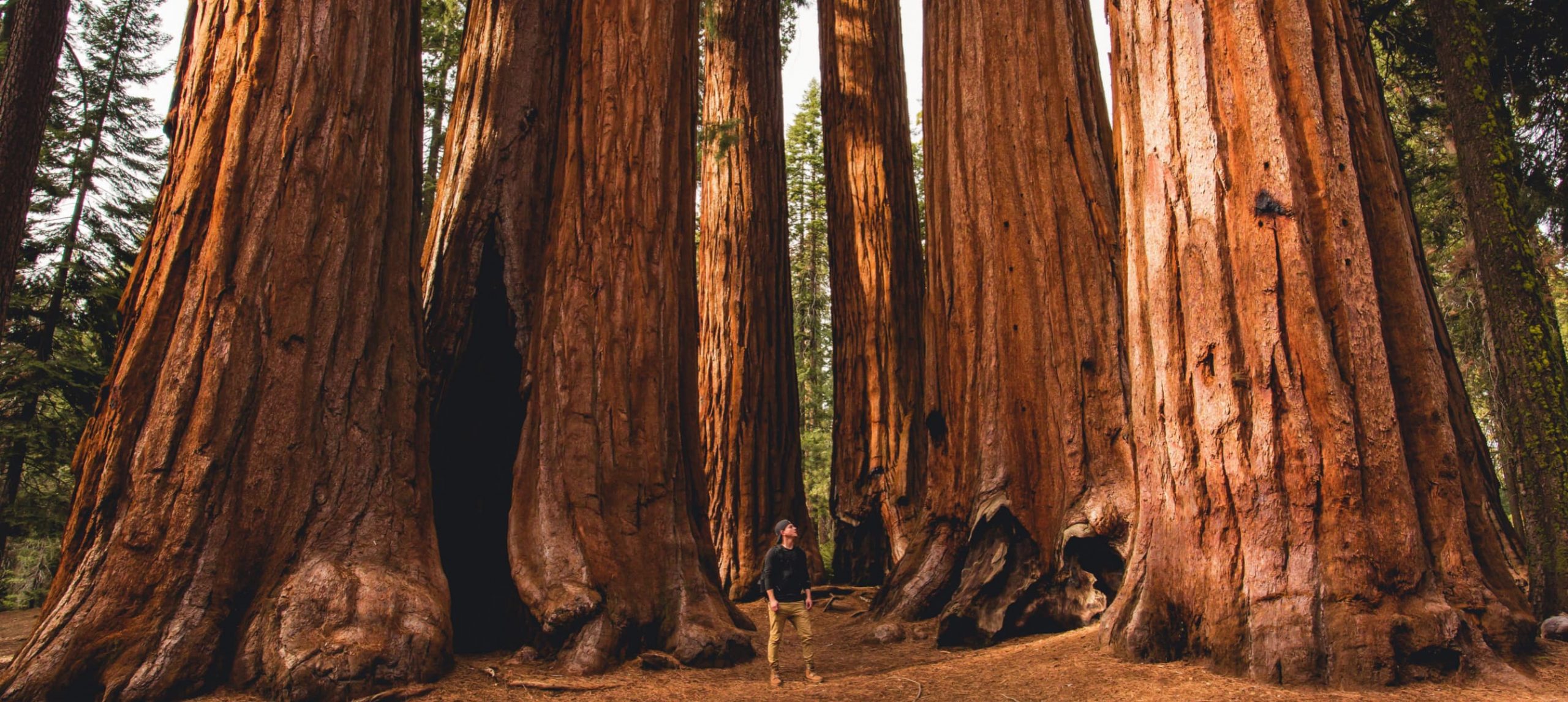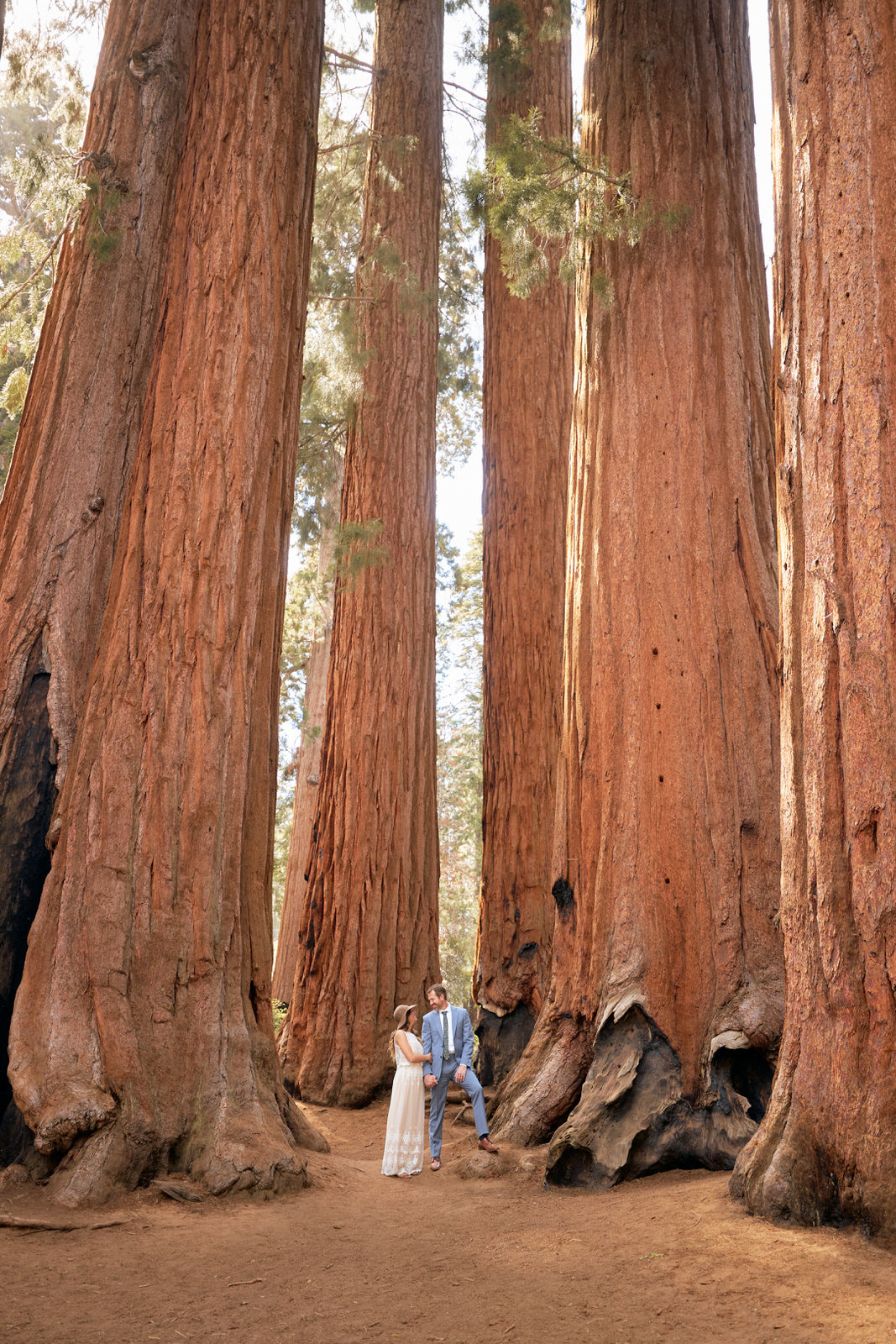Sequoia National Park Hours-- When to Visit This Renowned Destination
Sequoia National Park Hours-- When to Visit This Renowned Destination
Blog Article
Discover the Diverse Wildlife Habitats Within Sequoia National Park
Sequoia National Forest is an ecological prize, showcasing an impressive selection of wild animals environments that add to its abundant biodiversity. From the stunning huge sequoia woodlands to the varied towering fields, each setting plays an essential role in sustaining numerous varieties, including both common and rare fauna. The interaction of these environments not just promotes an unique community but also underscores the significance of conservation efforts in preserving this balance. As we take a look at the specific qualities of these habitats, appealing inquiries arise about the interconnectedness of life within this amazing landscape.
Overview of Sequoia National Forest
Sequoia National Park, snuggled in the southerly Sierra Nevada hill array of The golden state, is renowned for its impressive landscapes and looming giant sequoias. Established in 1890, it is just one of the earliest nationwide parks in the USA, dedicated to protecting the all-natural appeal and ecological integrity of this unique area. The park incorporates over 404,000 acres of varied terrain, featuring magnificent mountains, deep canyons, and lavish fields.

Visitors can discover many hiking trails, varying from leisurely strolls to difficult backcountry routes, each supplying an unique viewpoint of the park's magnificence. With its combination of natural wonders and entertainment possibilities, Sequoia National forest functions as a vital refuge for both wild animals and those seeking to connect with nature.

Significant Wild Animals Habitats
The diverse landscapes of Sequoia National Park develop a mosaic of wild animals environments that support a rich selection of types. These habitats range from rich meadows and dense woodlands to rocky alpine zones and large river valleys, each supplying special ecological niches.
One prominent environment is the gigantic sequoia forest, characterized by looming trees and an abundant understory, which supports various mammals, birds, and insects. The mixed conifer woodlands, made up of types such as sugar yearn and white fir, offer added sanctuary and food resources for wildlife.
Meadows and grasslands play a critical duty in the park's ecological communities, acting as crucial foraging grounds for herbivores like deer and little mammals. These open areas also attract diverse bird varieties, specifically throughout movement periods.
The park's greater altitudes feature alpine habitats, where problems are severe and species are adapted to survive in such extremes (Sequoia National Park hour). Below, one can discover special flora and animals that prosper in rocky, chilly environments
Flora and Animal Diversity
Within the varied ecosystems of Sequoia National forest, an exceptional range of vegetation and fauna coexists, showcasing the detailed connections that maintain the park's biodiversity. The park is home to over 1,300 plant types, including the famous huge sequoias, which are amongst the largest and earliest trees on Earth. These majestic trees provide crucial habitat and food resources for different wild animals, promoting a complex internet of environmental interactions.
Pet types in Sequoia National forest are equally varied, with environments ranging from lowland foothills to high alpine settings. Mammals such as black bears, mule deer, and bobcats prosper in this abundant environment, while avian varieties, including the stunning gold eagle and the evasive seen owl, poise the skies. Amphibians and reptiles, like the Sierra newt and the western rattlesnake, also play crucial duties in keeping eco-friendly equilibrium.
The park's unique combination of elevation gradients and microclimates supports these varied types, highlighting the relevance of preserving the natural habitats that enable such an abundant tapestry of life to grow. Recognizing this variety is essential for appreciating the ecological importance of Sequoia National forest.
Preservation Initiatives in the Park
Conservation initiatives in Sequoia National Park play an essential role in protecting its distinct environments and the varied varieties that occupy them. The park utilizes a diverse method, consisting of habitat repair, species checking, and invasive species management. These efforts are essential for maintaining the fragile balance of the park's communities, which include large sequoias, meadows, and towering settings.
Active remediation projects concentrate on reestablishing indigenous plant neighborhoods and restoring abject habitats. Sequoia National Park hour. This is specifically essential in locations impacted by human task or natural disruptions such as wildfires. The park's biologists carry out regular tracking of key varieties, including the jeopardized Sierra Nevada bighorn sheep, to examine population wellness and inform monitoring methods
Intrusive species position a considerable danger to the park's biodiversity. Through these extensive campaigns, Sequoia National Park strives to protect its rich natural heritage for future generations while making sure the strength of its varied wild animals environments.
Tips for Wild Animals Monitoring
Observing wild animals in Sequoia National Park provides a special opportunity to link with nature and appreciate the varied types that prosper in this exceptional environment. To optimize your wild animals monitoring experience, take into consideration numerous vital ideas.
First of all, plan your check out during morning or late afternoon, as these times are most active for several pets. Bring field glasses to observe browse this site wild animals from a risk-free range without disrupting their natural actions. Furthermore, acquaint on your own with the species you intend to see; understanding their behaviors and habitats can boost your possibilities of spotting them.
Perseverance is important; wildlife monitoring often calls for waiting quietly and knowing your surroundings. Keep on assigned routes to lessen your influence on the ecological community and ensure your safety and security. It is likewise suggested to preserve a considerate range from animals, staying clear of any type of actions that can stress them or interrupt their environment.
Last but not least, take into consideration joining led trips led by knowledgeable park rangers. These professionals can provide beneficial understandings and raise your chances of observing wild animals in their all-natural settings. By complying with these suggestions, you can improve your experience and add to the conservation of Sequoia's wild animals.

Verdict
Sequoia National forest functions as a vital haven for varied wild animals, showcasing a remarkable variety of environments that sustain various types. The interplay in between gigantic sequoia woodlands, combined conifer timberlands, meadows, and alpine areas fosters an abundant environmental tapestry. Continuous preservation efforts are vital for preserving these habitats and the unique vegetation and animals that occupy them. Inevitably, the park's biodiversity highlights the relevance of preserving such all-natural landscapes for future generations.
Please visit one of our local supporters - Wholesale Liquidation Pallet Playstation 5 For Sale
Report this page